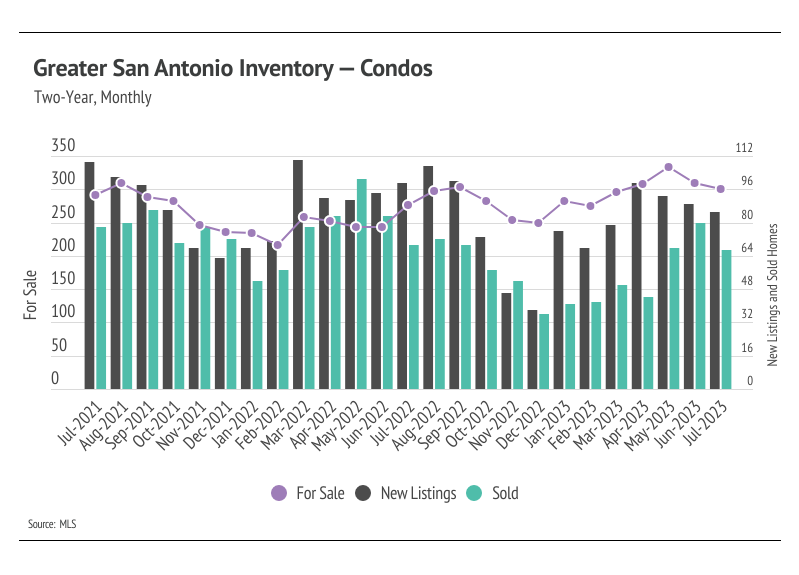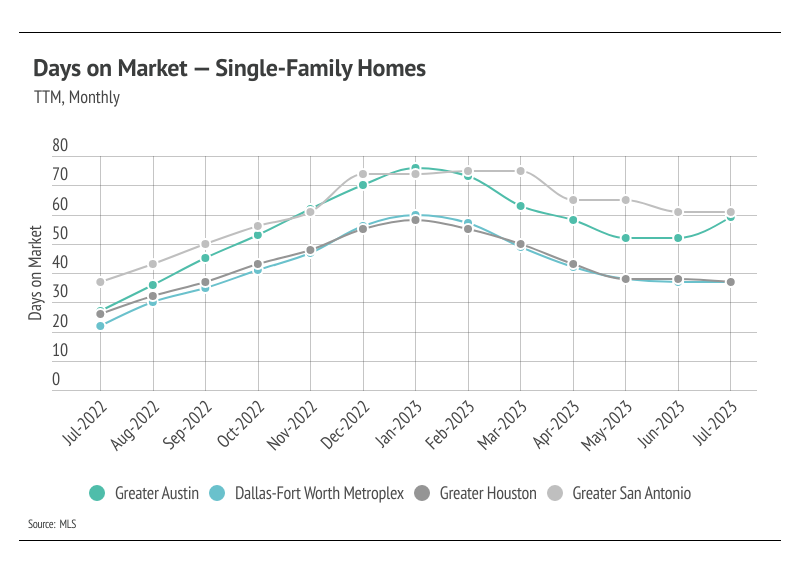The Powerhouse of Housing
August 16, 2023

August 16, 2023









Stay up to date on the latest real estate trends.

December 17, 2025

December 10, 2025

December 9, 2025
Maximize Your Home Sale Potential During the Festive Season

December 8, 2025
You’ve got questions and we can’t wait to answer them.